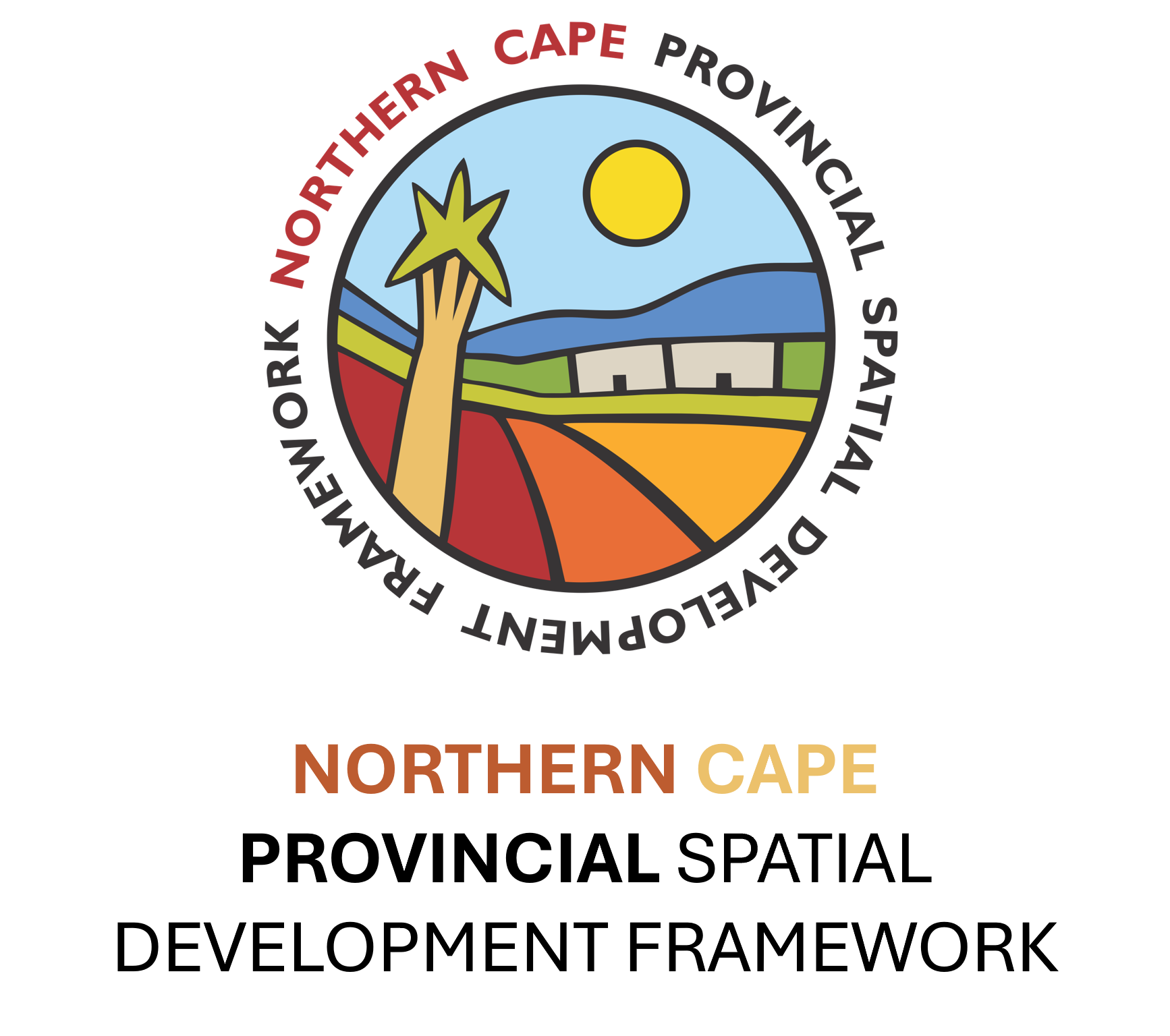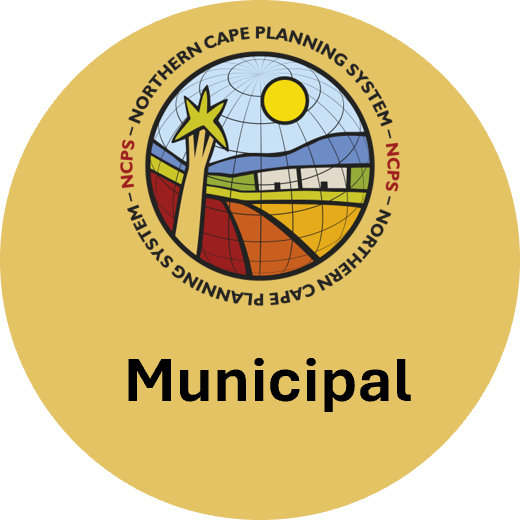
Introduction
The Northern Cape Provincial Spatial Development Framework (PSDF) is undergoing a critical review to align with the Spatial and Land Use Management Act (SPLUMA), Act 16 of 2013, as well as the SDF guidelines published by the Department of Rural Development and Reform. This strategic document outlines the province's spatial development objectives and strategies, ensuring sustainable development and reflecting the desired spatial landscape.
Why Review the PSDF
The review is mandated by Sections 12(1), 15(1), and 15(5) of SPLUMA, which require provincial governments to develop and revise their PSDFs every five years. The current review aims to refine and strengthen the existing 2020 PSDF, ensuring it remains relevant and effective in guiding provincial development.
Project Objectives
- The main objective of this review is to enhance the PSDF in accordance with Section 15 of SPLUMA. The specific sub-objectives are:
- Alignment with SPLUMA: Ensure the PSDF aligns with Section 15 of SPLUMA.
- Policy Integration: Improve cross-sectoral policy and project implementation.
- Strategic Vision: Provide a spatial development vision that aligns with national, provincial, and regional policies.
- Institutional Mechanisms: Establish mechanisms to promote spatial and land use management at provincial and municipal levels, including Traditional Councils.
- Space Economy Review: Evaluate the provincial space economy in the context of broader national, district, and municipal economies.
- Provincial Interest: Address matters of provincial interest as stipulated under Section 12 of SPLUMA.
- Common Spatial Agenda: Present a unified spatial agenda for development in the province.
- Sustainable Development: Promote sustainable development and provide updated spatial and demographic data.
Planning Approach
The PSDF must respond to the overarching objectives of the National Spatial Development Framework (NSDF) and provincial development plans. This requires the integration of development processes and ensuring sustainable development throughout the province. Key elements include:
- Vision and Strategy: A common vision and strategy for the region's spatial structure.
- Stakeholder Engagement: Active participation from the public and private sectors, and end-users.
- Planetary Boundaries: Consideration of environmental limits and sustainable resource use.
Alignment and Integration
The PSDF must align vertically and horizontally with neighbouring provinces and the National Spatial Development Framework, emphasizing transformation corridors and integrated development.
Key Components of the PSDF
The review process consists of six phases:
- Inception Report: Establish the scope and methodology.
- Policy Context, Status Quo, Situational Analysis, and Draft Vision: Assess current conditions and draft a vision.
- Spatial and Sectoral Analysis and Stakeholder Consultation: Detailed analysis and engagement with stakeholders.
- Spatial Proposal: Develop spatial proposals based on the analysis.
- Implementation, Monitoring, and Evaluation Framework & GIS Tool: Create frameworks for implementation and monitoring, supported by GIS technology.
- Approval of Final PSDF: Finalize and approve the PSDF.
Expectations and Key Issues
The revised PSDF will address several critical areas:
- Green Energy Development: Promote renewable energy projects.
- Expansion of Protected Areas: Enhance conservation efforts.
- Investment Attraction: Position the province as an attractive investment destination.
- Rural and Urban Integration: Improve connections between rural and urban areas.
- Agricultural Resource Protection: Ensure effective use and protection of agricultural resources.
- Climate Change Adaptation: Develop strategies for climate resilience.
- Socio-economic Services: Improve the delivery of socio-economic services.
- Human Settlements Development: Foster sustainable human settlements.
- Coordination in Planning: Enhance coordination among provincial planning entities.
Conclusion
The review of the Northern Cape PSDF is a critical step in ensuring sustainable development and creating a cohesive spatial strategy that aligns with national and provincial goals. Through comprehensive analysis, stakeholder engagement, and strategic visioning, the revised PSDF will provide a robust framework for guiding the province's development over the next five years and beyond.










